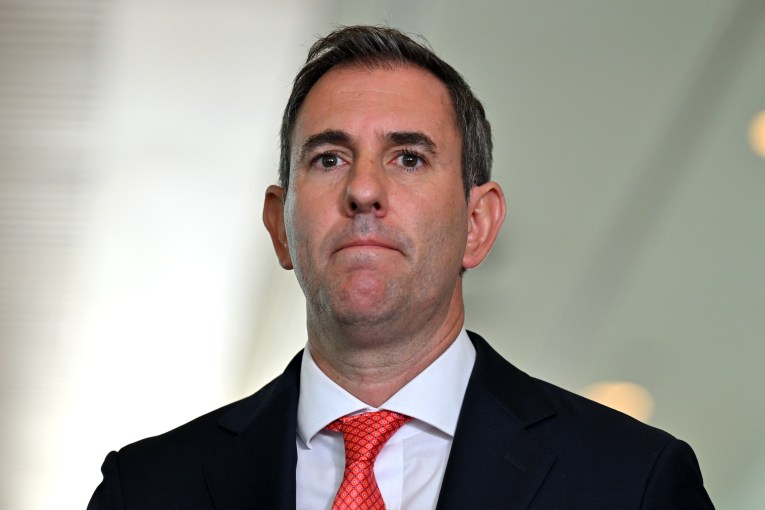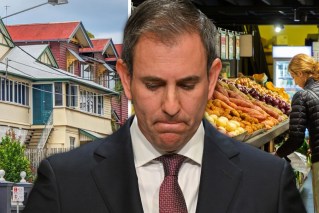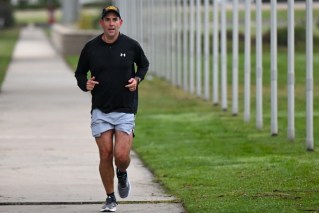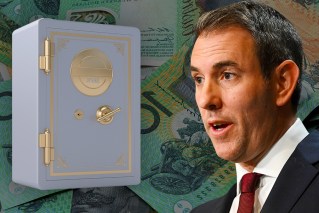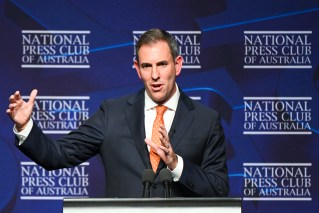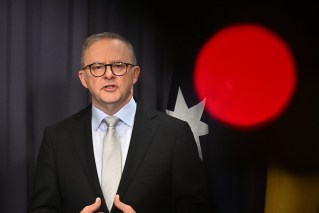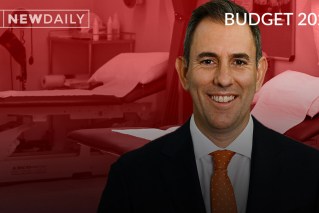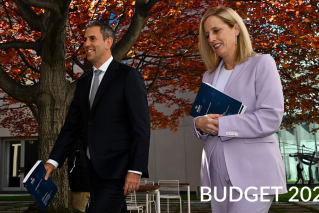After promoting fairness, Treasurer told he can’t go back to Newstart

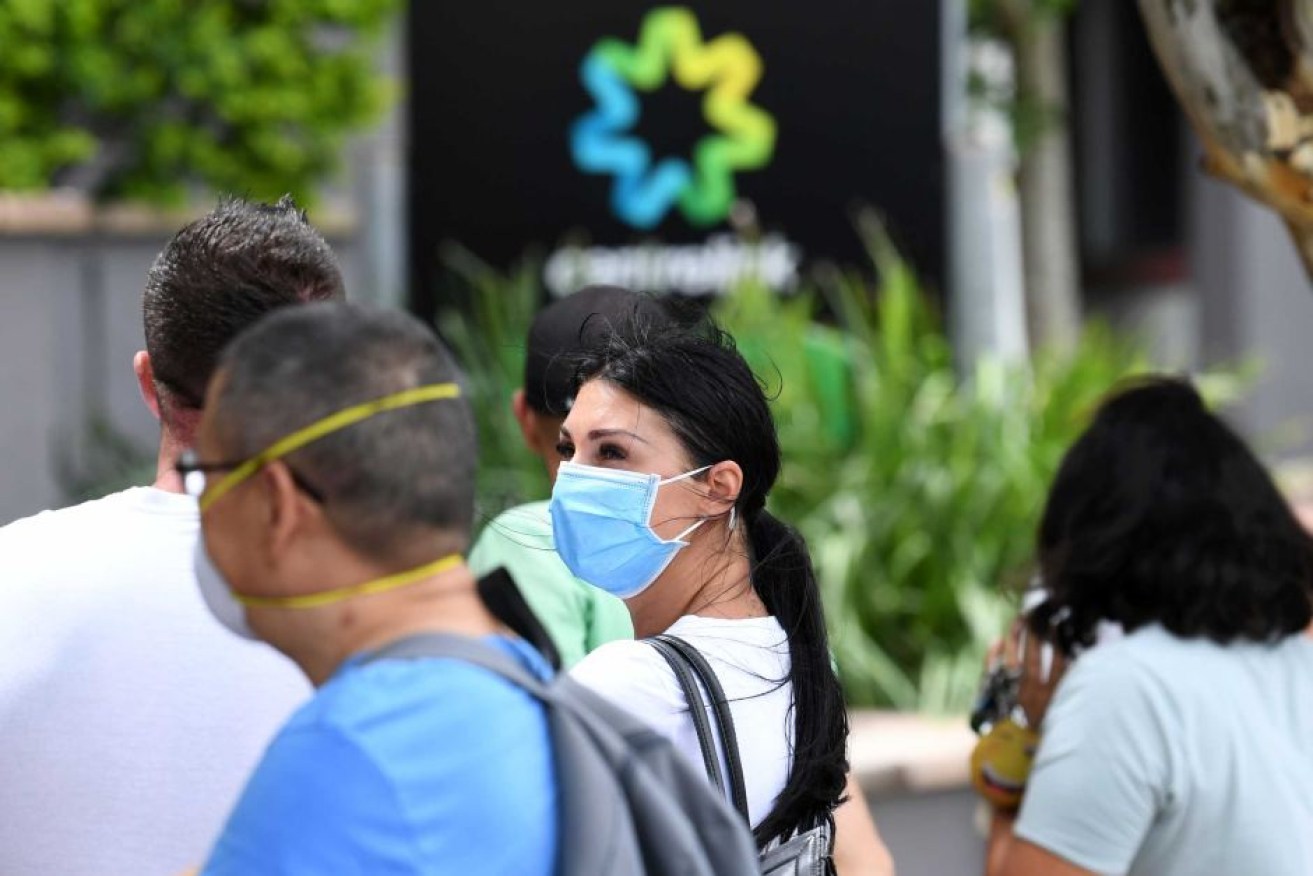
People line up at a Queensland Centrelink office in the early days of the pandemic. Photo: AAP
The federal government was criticised for not lifting Newstart before the economy-wrecking coronavirus, but it is now facing outrage for planning to revert to the basic payment after the pandemic passes.
Treasurer Josh Frydenberg said on Tuesday a restructured social security system would provide “decency and fairness” going forward, but the Australian Council of Social Service (ACOSS) believes that cannot be achieved by reverting to people trying to survive on $40 a day.
The government’s JobSeeker payments, which kicked in on March 20, doubled the Newstart base allowance from $556 to $1115 a fortnight.
Boosted payments go to people from 22 to those eligible for the aged pension age, with about 50 per cent of those who had been on Newstart aged 45 or older.
The pandemic has caused a spike in unemployment for young people in the hospitality industry, but there are also fears many older people put out of work may find it harder to return to employment.
Before the pandemic, the ACOSS campaign Raise the Rate had been attracting widespread support for changes to Newstart, which unions and welfare groups had long maintained was inadequate and burdened by bureaucratic hurdles.
ACOSS chief executive Cassandra Goldie now wants the pandemic extra payments to stay in place until the social security system is “fixed” and says recent surveys show Australians back the move.
Tweet from @ACOSS
“We need governments to have our backs now and for the longer term,” Dr Goldie said in a statement.
“We can never go back to the brutality of forcing people to try to survive on $40 a day.”
She said the treasurer had promised to help unemployed Australians, but that means ensuring they have a quality of life while looking for work.
“This means a safety net that protects people from poverty. People must be able to meet the basic needs of housing, food, utilities and medical costs, and families must have enough to care for their children.”
Pushed on ABC News Breakfast on Wednesday on how people could go back to living on the lower Newstart allowance, Mr Frydenberg reiterated his earlier comments that he wanted people to find work.
Tweet from @JeremyPoxon
Dr Goldie says this is not good enough given the dire unemployment and the need to boost the economy.
“We cannot cut income support from people who desperately need it,” Dr Goldie said.
“Not only is this the right thing to do, it’s the smart thing to do. It targets cash assistance to those who will definitely spend it in the real economy and will allow people to make the most of job opportunities as the economy rebuilds.
We need to learn our lessons from the past, and use the best ideas for our future. It would be a huge mistake to cut back on social security, which goes to people who need it and is spent in the real economy.
“As the Treasurer highlighted, our biggest challenge is on the demand side of the economy, and we need to be smart.
“We can create even more jobs, cut energy bills and tackle climate change by installing solar and improving energy efficiency in the homes of those who could otherwise not afford this.
“We can train people up, invest in their skills and smarts, so that they can make the most of job opportunities as they start to come back.
“We can work with employers on creating fair jobs so that the half a million people or more who will end up relying on JobSeeker payment for over a year – many of whom have disabilities, caring responsibilities or face age discrimination – are not left behind.
Tweet from @ACOSS
The Grattan Institute has estimated that between two and 3.4 million Australians have lose their jobs in the COVID19 crisis, representing 14 to 26 per cent of employees.
It says many of those who will struggle to re-establish their careers and incomes as the economy recovers – people in low-paid and
insecure jobs (mainly young people and women), of whom around a third are expected to lose their jobs.
Since mid-March, there have been 500,000 new claims for JobSeeker payment, adding to the more than 800,000 people already receiving
this payment.
The government’s reluctance to bring many gig economy workers into the more generously paid JobKeeper program will likely also mean a greater reliance on JobSeeker for those who have lost jobs.
Before the lockdowns, the Grattan Institute said over two-thirds of this group had to rely on income support for more than a year.
Tweet from @WilkieMP
It is estimated that 43 per cent of the $750 lump-sum stimulus payments delivered in late March was spent by people on social security payments, boosting an economy in dire need of a boost.
Research by Deloitte Access Economics for ACOSS found that a modest permanent $3.3 billion a year increase to 2019 levels of Newstart and related allowances would deliver a greater boost to GDP and jobs than its upfront cost to the budget.
ACOSS claims it would lift GDP by 0.15 per cent, increase wages by 0.2 per cent of GDP and create 12,000 jobs (especially in regions with high unemployment).
The government had already been under pressure to do something to boost the flagging economy before the pandemic hit.
The Business Council of Australia, the Committee for Economic Development, KPMG and the Australian Industry Group had all called the government to lift Newstart.
Rachel Siewert, family and community service spokeswoman for the Greens, has maintained that legislative changes that forced single parents off the parenting payment and onto Newstart also need to be walked back.
Parliamentary Budget Office analysis requested by Ms Siewert last year found the federal government had saved more than $5 billion over 13 years by making it harder for single parents to access child support.
Where single parents could once claim the parenting benefit until their youngest child turned 16, now they can only claim it until their youngest turns eight.
